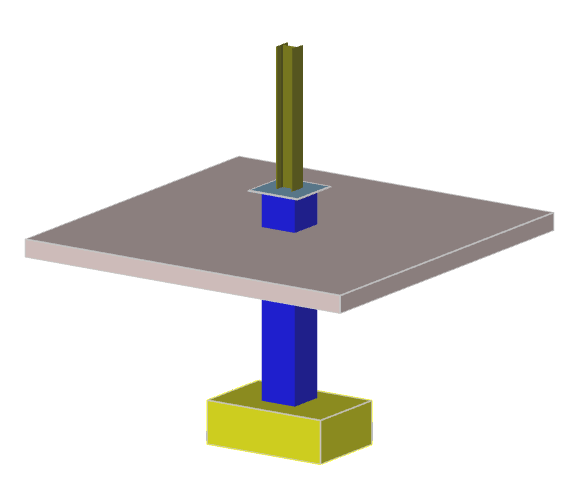mte12
Structural
- Mar 1, 2022
- 141
Can this be solved practically?
For an existing pad footing buried in the ground, supporting a column, where the load increases from say 1000kN to 2000kN (in compression), how could one or both of these problems be solved.
1. Crushing in base plate. Because base plate is relatively thin, compression load cannot be transferred to grout/concrete.
2. Bearing capacity of foundation.
Criteria is no vertical settlement of column, and load transfer to be guaranteed.

For an existing pad footing buried in the ground, supporting a column, where the load increases from say 1000kN to 2000kN (in compression), how could one or both of these problems be solved.
1. Crushing in base plate. Because base plate is relatively thin, compression load cannot be transferred to grout/concrete.
2. Bearing capacity of foundation.
Criteria is no vertical settlement of column, and load transfer to be guaranteed.


